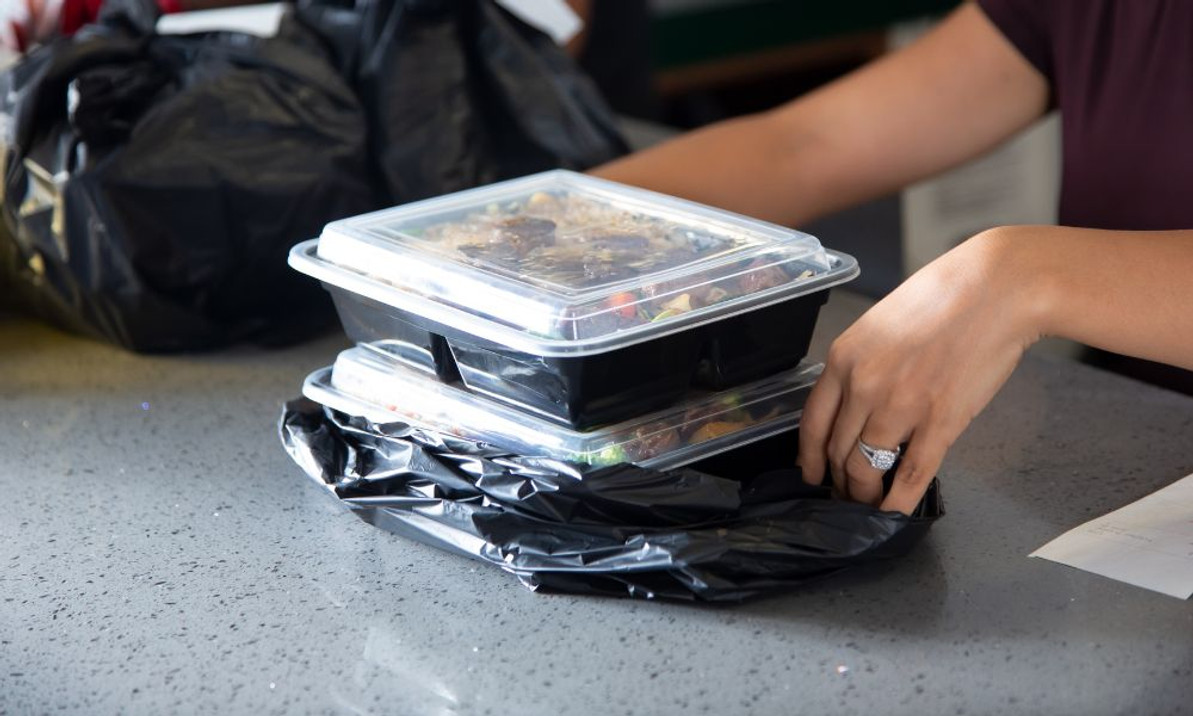5 Facts You Didn’t Know About Take Out Containers
Take out containers are a daily part of many people's lives, especially with the rise of delivery services and our busy schedules. But there's more to these handy packages than meets the eye. Read on to find out five facts you didn’t know about take out containers.
The Evolution of Design
The history of take out containers is rich with innovation. Originally, containers were basic and utilitarian, but over time, they've evolved. Today's designs factor in heat retention, spill prevention, and even compartmentalization for diverse menu items. This fact showcases the thoughtful evolution in response to consumer needs.
Environmental Impact
While convenient, many take out containers have posed significant environmental challenges. Polystyrene foam, a common material for these containers, can take hundreds of years to decompose. Thankfully, many restaurants now opt for sustainable alternatives like bagasse, bamboo, or recycled plastics. These eco-friendly choices lessen the environmental footprint without sacrificing functionality.
Regulations and Health
Not all containers are equal. Some regions ban certain materials due to health concerns. For instance, containers with perfluorinated chemicals (used to resist grease) have faced scrutiny. These regulations ensure that the box your food comes in is practical and safe.
The Business Behind the Box
A restaurant's choice of wholesale take out containers can influence customer perceptions. Premium, sturdy containers suggest high-quality food, while flimsy boxes might imply the opposite. Many eateries invest in custom branding, turning these containers into marketing tools, which subtly boost brand recognition each time a customer takes their food to go.
Cultural Influence on Design
Believe it or not, many take out container designs have cultural roots. For instance, the oyster pail, commonly known for holding Chinese food in the US, has a design adapted from paper containers people used in oyster nurseries during the 19th century. Over time, Chinese restaurants embraced this design. Similarly, the bento box, with its compartments for different dishes, reflects Japanese culinary tradition and aesthetics.
Now that you know these five facts about take out containers, you'll likely view them in a new light during your next food delivery or pickup. Beyond mere convenience, these containers have rich histories, environmental implications, and even subtle branding benefits that influence our dining experiences.
Recent Posts
-
Why Portion Cups Are Essential for Condiments
Condiment service can make or break the dining experience at your restaurant or catering event. Why …Dec 18th 2025 -
Pros and Cons of Cardboard Catering Boxes
Selecting the right packaging is a fundamental decision for any catering business. The containers yo …Dec 11th 2025 -
How To Choose the Best Aluminum Foil Containers for Food
Selecting the right containers for your restaurant or catering business affects everything from food …Dec 10th 2025




